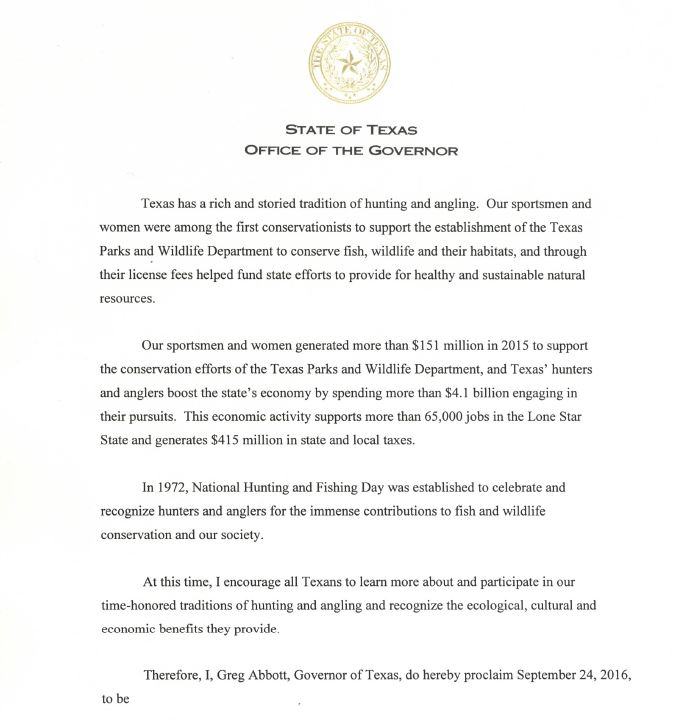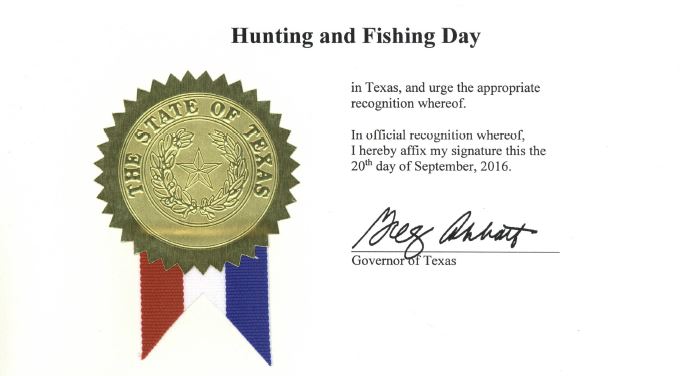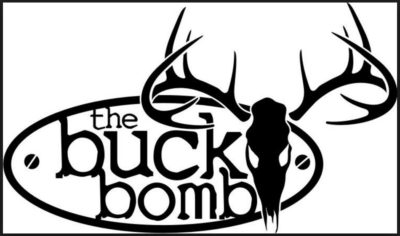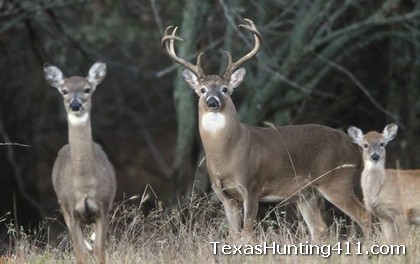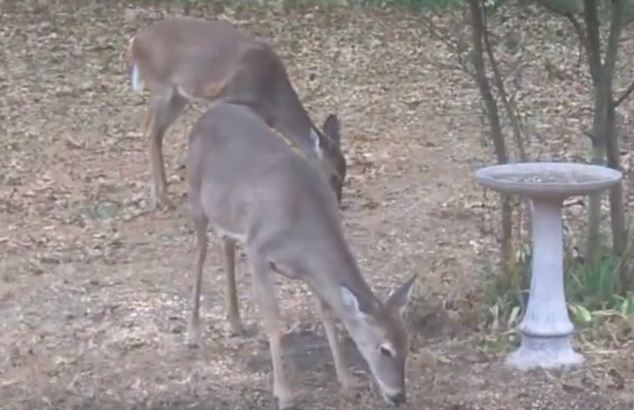Colorado Bend State Park (SP) offers hunting for a variety of game species, but white-tailed deer hunting is the most popular. All hunts are by special permit only, which means hunters must apply and be selected to hunt at Colorado Bend SP. The park offers archery deer hunts, gun hunts for antlerless and spike deer, either sex gun hunts for bucks and does, and either sex gun hunts for youth hunters.
During these deer hunts, selected hunters at Colorado Bend can shoot an feral hogs, aoudad and other exotic deer in unlimited numbers. The park does not have high numbers of exotic deer, although hog populations are strong and aoudad numbers are likely increasing. On gun hunts, the success rate (harvest of at least a single animal) runs about 30-40 percent.
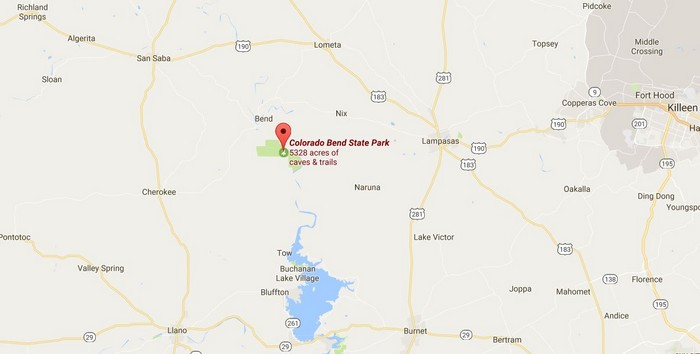
Colorado Bend Hunting Information
Colorado Bend SP consists of 5,328 acres of cedar-dominated, rough terrain and is located about 4 miles south of the community of Bend in San Saba County. Texas Parks and Wildlife Department (TPWD) is managing the property for public use and native habitat and wildlife.
Objectives to restore and maintain healthy populations of native fauna and flora in their natural habitats and to provide for compatible public use. Where game populations exceed the carrying capacity of the habitat, the preferred method of reduction is public hunting. Hunters are the only way TPWD manages deer in the park and hunting helps to control feral hogs and exotic ungulates.
Selected, permitted hunters should report to the hunter check station by 10:30 a.m. on the first day of their assigned hunt period. The hunter check station is located at the Colorado Bend SP park maintenance area.
Hunting at Colorado Bend
Persons interested in deer hunting at Colorado Bend SP and most other public hunting lands in Texas must apply through TPWD’s online drawing system. Selected hunters will get an email notifying them of their selection and that they must pay the required fee by specified deadline.
Drawn hunters must contact the area staff as soon as possible if they are unable to attend their accepted hunt or not able to arrive on the first day for orientation. Colorado Bend SP does offer opportunities for standby hunter positions. Standby hunters should report to the check station by 10:30 a.m. on the first day of the desired hunt period to complete the application process. Standby hunters will be drawn at 11:00 a.m., as vacancies permit.
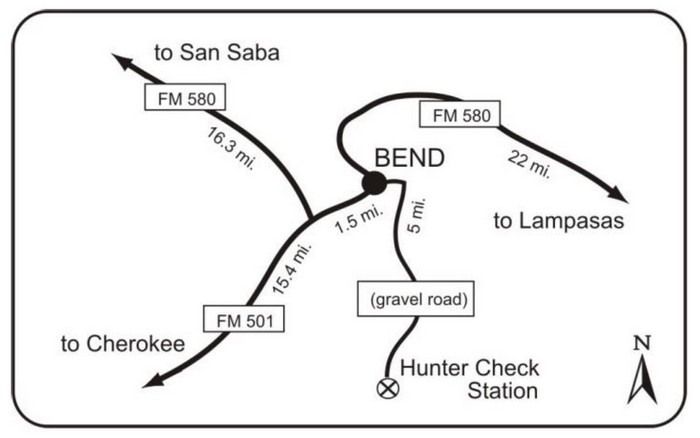
Following an orientation, TPWD personnel will guide hunters to their hunt compartment. Hunting will end at 11:00 a.m. on the final day of the assigned hunt.
Colorado Bend Hunt Rules
Hunters are reminded that they must have a Special Permit, valid Texas Hunting License, and any stamp as required by statute. Hunters 17 years of age and older must have in their possession a valid I.D. Hunter Safety Education is required of Texas hunters born on or after September 2, 1971.
Hunters must wear a minimum of 400 square inches of daylight fluorescent orange material, with at least 144 square inches appearing on both chest and back and orange headwear.
During deer hunts, only one legally permissible weapon per hunter will be allowed into the hunt area.
Non-permitted visitors and family members will not be allowed in the hunt area during hunts except that a non-hunting person directly assisting a permitted handicapped individual will be allowed.
Hunters will be responsible for the reasonable care of their game after harvest. No facilities for deer storage are available on the park, but commercial facilities are available in the towns of Cherokee, Lampasas, Llano, Lometa and San Saba.
Hunters do not use tags off of their hunting license. Hunters that harvest a deer will be given a TPWD Legal Deer Tag, issued at the area, that must be attached to a harvested deer prior to leaving the hunt area.
Disturbance or removal of plants, rocks, artifacts, or other objects is prohibited. The possession or consumption of alcoholic beverages is prohibited.
Hunters’ vehicles will be allowed into the hunt area only on designated roads and disabled individuals may hunt from a stationary motor vehicle. Operation of an off-road vehicle(ORV) or all terrain vehicle (ATV) is prohibited, except by disabled persons or an adult directly assisting a disabled person.
For more information on Colorado Bend State Park hunting, give them a call at 325-628-3240.
Recommendations for Hunting Colorado Bend SP
Camping is available at Colorado Bend SP for permitted deer hunters. However, there are no hookups for electricity or water at the camping area, nor is there a trailer dump station available on the park. Chemical toilets and drinking water are provided in the camping area.
Campfires are allowed on the Park in designated fire rings. The normal overnight camping fee will be charged to those hunters utilizing the park’s facilities. In addition, commercial motels and campgrounds are available in the surrounding towns of Lampasas, Llano, and San Saba.
It is recommended that each public hunter bring a flashlight, food, drinking water, and foul weather gear. A good pair of boots is a must since public hunters will often encounter some rugged, rocky terrain.
